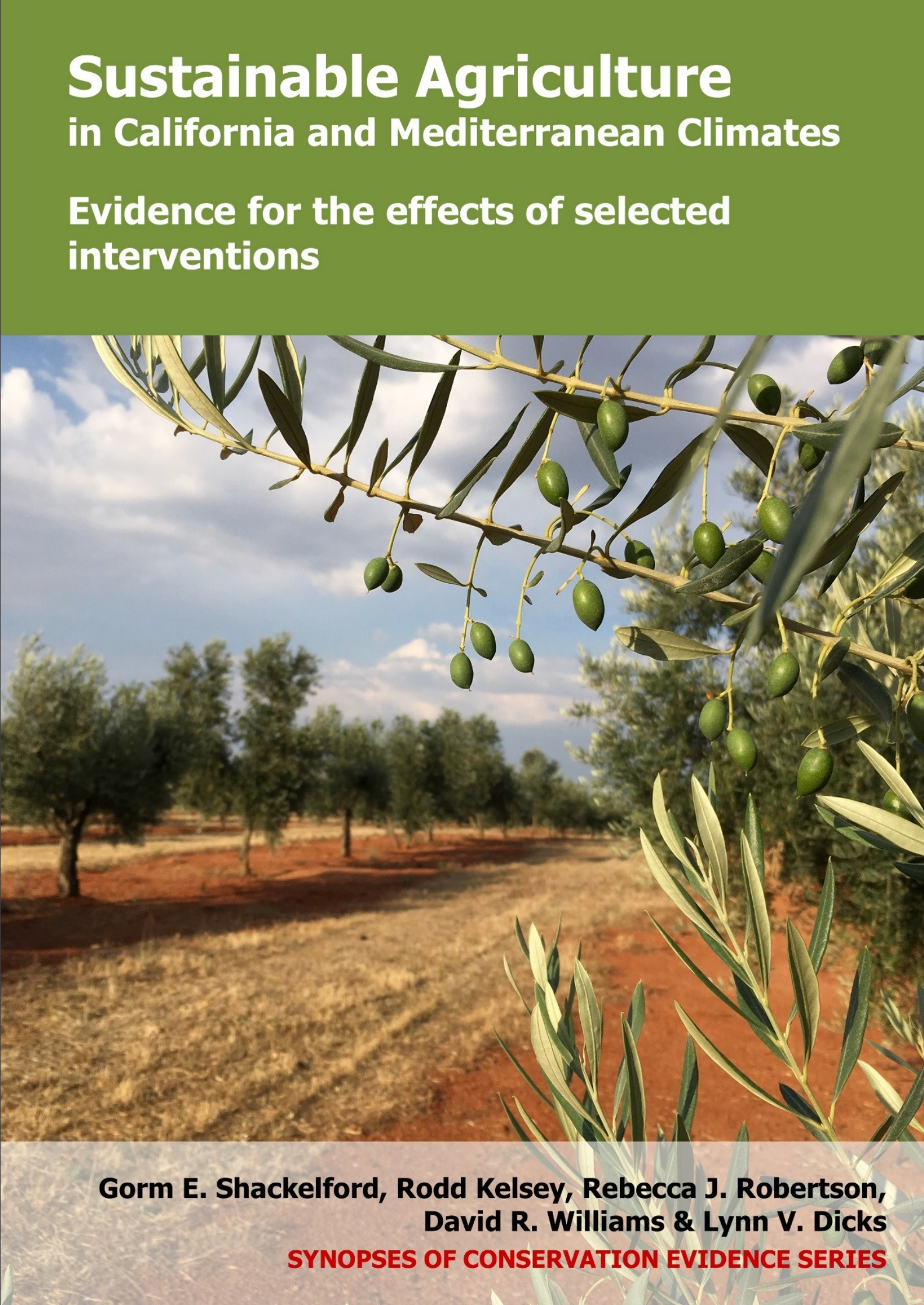Other biodiversity: Add sewage sludge to the soil
-
Overall effectiveness category Unknown effectiveness (limited evidence)
-
Number of studies: 2
View assessment score
Hide assessment score
How is the evidence assessed?
-
Effectiveness
60% -
Certainty
20% -
Harms
0%
Study locations
Supporting evidence from individual studies
A replicated, controlled study in 2001–2003 in a degraded wood pasture in Catalonia, Spain (same study as (2)), found higher plant cover, more plant biomass, and faster tree growth in plots with added sewage sludge, compared to plots without it. Plants: Greater plant cover and more herbaceous biomass were found in plots with added sewage sludge, compared to plots without it (cover: 85–93% vs 60%; biomass: 2,700–2,800 vs 1,700 kg dry weight/ha). Faster oak tree Quercus humilis growth was found in plots with added sewage sludge (composted or thermally dried), compared to plots without it (41–42 vs 34 cm/year). Implementation options: No difference in tree growth was found in plots with added digested sewage sludge, compared to plots without it (39 vs 34 cm/year). Methods: There were five plots (20 x 5 m) for each of three sewage-sludge treatments (10 t dry matter/ha of composted, digested, or thermally dried sewage sludge) and there were five control plots (no sewage sludge). To restore the wood pasture, shrubs and small trees were crushed and scattered on the soil, and grass seeds were sown.
Study and other actions testedA replicated, controlled study in 2001–2003 in a degraded wood pasture in Catalonia, Spain (same study as (1)), found greater pasture cover and faster tree growth in plots with added sewage sludge, compared to plots without. Plants: Greater pasture cover and faster tree growth were found in plots with added sewage sludge, compared to plots without it, in two of three comparisons (90–98% vs 80–90% cover; 0.25 vs 0.16–0.17 cm/year). Similar numbers of species were found in plots with or without added sewage sludge (data not reported). Implementation options: No differences in pasture cover, tree growth, or numbers of species were found in plots with dewatered, composted, or thermally dried sewage sludge (0.07–0.25 cm/year; other data not reported). Methods: Plots (100 m2) growing shrubs and trees such as Quercus ilex and Q. humilis through natural regeneration had added sewage sludge (dewatered, composted, or thermally dried) or no sewage sludge (five plots for each): dewatered (11 Mg/ha), composted (mixed with pinewood splinters and composted; 14 Mg/ha), or thermally dried (dried at 130 oC; 50 Mg/ha). All sewage sludge was anaerobically digested before being processed. All plots were seeded with grasses Lolium perenne, Festuca arundinacea and Dactylis glomerata, and were weeded to simulate grazing. Woody vegetation remnants were crushed and scattered over the soil surface. Cover and number of species was estimated using a line-intercept method (every 10 cm along 10 m transect) in June 2001 and 2002. Tree growth was measured in January 2001 and December 2001–2003.
Study and other actions tested
Where has this evidence come from?
List of journals searched by synopsis
All the journals searched for all synopses
This Action forms part of the Action Synopsis:
Mediterranean Farmland
Mediterranean Farmland - Published 2017
Mediterranean Farmland synopsis





)_2023.JPG)














